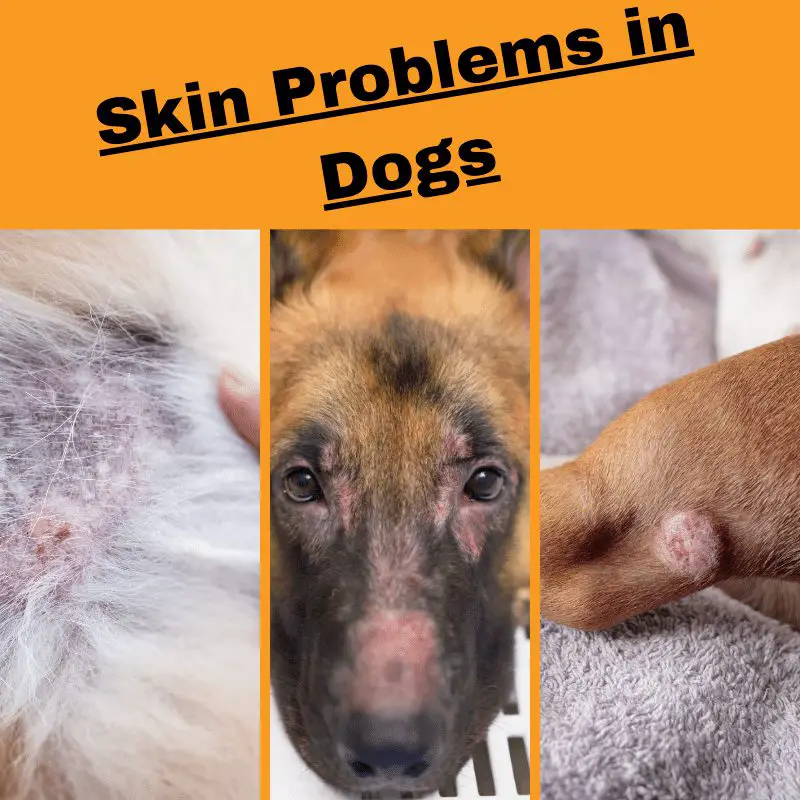As summer approaches, many pet owners are concerned about their furry friends getting too much sun exposure. While most people are aware of the dangers of sunburn for humans, many are unaware that dogs can also get sunburnt.
Can Dogs Get Sunburnt?
Yes, dogs can get sunburnt, and it can be a severe threat to their health. Just like humans, dogs can suffer from painful sunburns, leading to skin damage, skin cancer, and other health problems.
Why Dogs Are Susceptible to Sunburn
Dogs with light-coloured fur, thin hair, and exposed skin are more susceptible to sunburn. Breeds with short hair, such as Boxers, Bulldogs, and Pit Bulls, are also at a higher risk of sunburn. Unlike those with thin or sparse hair on their ears and bellies, dogs with white or pink noses are particularly vulnerable to sunburn.
Here are some dog breeds with fur that are more likely to get sunburned:
- Boxers
- Bulldogs
- Pit Bulls
- Dalmatians
- Greyhounds
- Weimaraners
- Whippets
- Vizslas
- Dobermann/Doberman Pinschers
These breeds are more susceptible to sunburn due to their short hair, light-coloured fur, and exposed skin. However, it’s important to note that any dog can get sunburned, regardless of breed.
Here are some dog breeds that are hairless or have minimal fur:
- Chinese Crested
- Xoloitzcuintli (Mexican Hairless)
- Peruvian Inca Orchid
- American Hairless Terrier
- Argentine Pila Dog
- Ecuadorian Hairless Dog
- Hairless Khala
- Hairless Chihuahua
- Hairless Rat Terrier
- Hairless Toy Fox Terrier
These breeds are often preferred by people with allergies or those who don’t want to deal with shedding. However, because they have little to no fur, they are more susceptible to sunburn and may require extra outdoor protection.
Protecting Your Dog from Sunburn
As a responsible pet owner, protecting your furry friend from the harmful effects of the sun is vital. Here are some ways to protect your dog from sunburn:
Limiting Sun Exposure
One of the best ways to protect your dog from sunburn is to limit their exposure to the sun, especially during the hottest parts of the day. If your dog must be outside during peak sun hours, keep them in the shade as much as possible.
Providing Shade and Water
If your dog is outside for an extended period, ensure they have access to shade and plenty of water. You can provide shade by setting up a canopy or umbrella or placing your dog’s bed in a shaded area.
Using Pet-Safe Sunscreen
You can also use pet-safe sunscreen on your dog’s exposed skin, including its nose, ears, and belly. When choosing a sunscreen for your dog, make sure it is specifically designed for pets and does not contain harmful ingredients, such as zinc oxide or para-aminobenzoic acid (PABA). These ingredients can be toxic to dogs if ingested.
The Love for Sun: Why Dogs Enjoy Basking in the Sunlight
Yes, many dogs enjoy sitting in the sun. Dogs are naturally drawn to warmth, and sunlight can provide them with a comfortable and cosy spot to relax. However, ensuring your dog can access shade and water is crucial to prevent overheating and dehydration, especially in older dogs.
Direct sunlight can be too hot for dogs, especially in summer. It is essential to provide them with a shady spot to cool off and avoid heatstroke.
Dogs can get sunburned, especially on their noses and ears, so it’s a good idea to apply pet-safe sunscreen to those areas if they spend a lot of time in the sun.
Can you use human sunscreen on a dog?
No, it is not recommended to use human sunscreen on a dog. Human sunscreen may contain ingredients that are toxic to dogs, such as zinc oxide or para-aminobenzoic acid (PABA). Additionally, dogs may lick sunscreen off their skin, which can cause gastrointestinal problems. It is best to use sunscreen specifically formulated for dogs, which can be found at pet stores or online.
Toxic Ingredients in Sunscreens to Dogs
Zinc oxide: While zinc oxide is a common ingredient in many sunscreens, it can be toxic to dogs if ingested. Dogs may lick the sunscreen off their skin, and consuming enough zinc oxide can cause vomiting, diarrhoea, and other gastrointestinal issues.
Octyl salicylate: This ingredient is commonly used in sunscreens as a UV filter. However, it can be toxic to dogs if ingested and cause vomiting, diarrhoea, and other gastrointestinal issues.
Homosalate: This ingredient is also commonly used as a UV filter in sunscreens. However, it can be toxic to dogs if ingested and cause vomiting, diarrhoea, and other gastrointestinal issues.
Oxybenzone: This ingredient is commonly used in sunscreens as a UV filter. However, it has been linked to animal hormone disruption and can be toxic to dogs if ingested.
It’s essential to choose a sunscreen specifically formulated for dogs that do not contain any toxic ingredients. Additionally, it’s necessary to keep your dog from licking the sunscreen off their skin to prevent ingestion.
Sunscreen for Dogs
Dogs need protection from the sun’s harmful rays, and it’s recommended to use sunscreen with an SPF of at least 15. However, it would be best to opt for a sunscreen with an SPF of 30 or higher for better protection. Unfortunately, such products are scarce and challenging to locate. Therefore, I have included a link to an SPF 30 dog sunscreen on Amazon.
Menforsan – Sunscreen SPF 30 for dogs 50ml
Applying Sun Cream Best Practices
Sure, here is a list of body parts of a dog where you can apply sunscreen:
- Nose
- Ears
- Belly
- Groin
- Tail
- The skin around the lips
- The skin around the bottom
- Any other areas with exposed skin
Remember to use a pet-specific sunscreen with an SPF of at least 30 and avoid getting sunscreen in the dog’s ears, eyes or mouth.
How to Treat Sunburn in Dogs
- Move the dog to a shaded area or indoors to avoid further exposure to the sun.
- Apply a cool compress to the affected area to soothe the skin.
- Use aloe vera gel or a pet-specific sunburn relief spray to help alleviate the pain and inflammation.
- Make sure the dog has access to plenty of water to stay hydrated.
- Avoid further sun exposure until the sunburn has healed.
If the sunburn is severe or the dog shows discomfort, consult a veterinarian for further treatment options.
Conclusion: Keeping Your Dog Safe and Healthy All Summer Long
In conclusion, dogs can get sunburnt, and it is a severe threat to their health. Limiting their sun exposure, providing shade and water, and using pet-safe sunscreen can help keep your dog safe and healthy all summer. Remember, your furry friend relies on you to keep them safe, so take the necessary precautions to protect them from the harmful effects of the sun.












